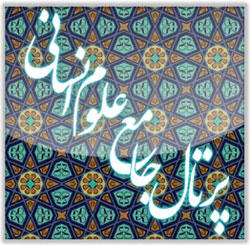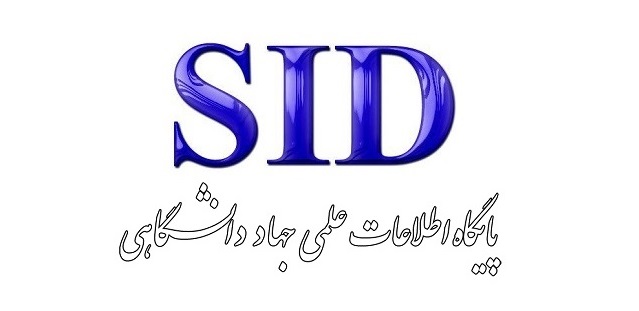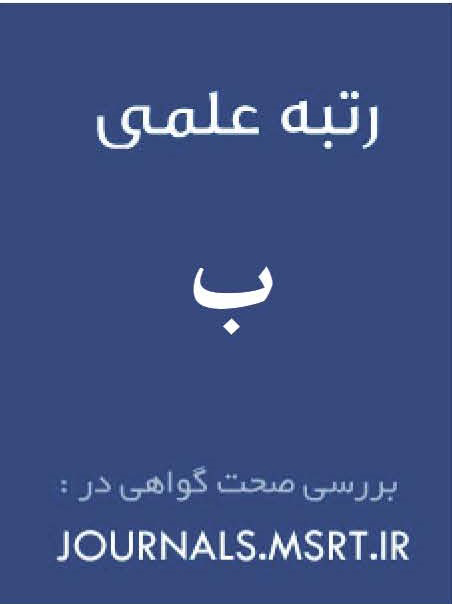بررسی رابطه ریسک و تابآوری بر پذیرش شریعت
کلمات کلیدی:
ریسک, تابآوری, پذیرش شریعت, شریعتپذیری, شرکتهای اسلامی, انعطافپذیری سازمانیچکیده
هدف این پژوهش بررسی تأثیر دو متغیر ریسک و تابآوری (انعطافپذیری) بر سطح پذیرش شریعت در شرکتهای تولیدی و صنعتی ایرانی میباشد. پژوهش حاضر از نظر هدف، کاربردی و از نظر روش، توصیفی-تحلیلی است که دادههای آن از طریق پرسشنامه و دادههای ثانویه جمعآوری شدهاند. جامعه آماری شامل ۶۶ شرکت خصوصی و دولتی پذیرفتهشده در بورس اوراق بهادار تهران طی بازه زمانی ۱۳۸۰ تا ۱۴۰۲ است. برای سنجش متغیرها، از شاخصهای مربوط به ریسک کلی و ویژه شرکت، شاخصهای فروش، هزینهها و قیمت سهام برای ارزیابی تابآوری، و شاخصهای داو جونز اسلامی برای پذیرش شریعت استفاده شده است. تحلیل دادهها با بهرهگیری از نرمافزار SPSS، Minitab و اکسل انجام شد. نتایج تحلیل رگرسیون چندگانه نشان داد که بین تابآوری شرکت و پذیرش شریعت رابطه مثبت و معنادار و بین ریسک شرکت و پذیرش شریعت رابطه منفی و معنادار وجود دارد. ضریب تعیین مدل برابر با 0.784 و ضریب همبستگی رگرسیون 0.885 به دست آمد. همچنین، مشخص شد که شرکتهای پیرو شریعت در مقایسه با شرکتهای غیرپیرو، انعطافپذیری بیشتری داشته و با ریسک کمتری مواجهاند، بهویژه در دورههای بحرانی اقتصادی. پذیرش شریعت بهعنوان یک عامل مؤثر در کاهش ریسک و افزایش تابآوری سازمانی میتواند راهبردی مهم برای شرکتها در محیطهای اقتصادی اسلامی محسوب شود. یافتهها نشان میدهند که پیروی از اصول شریعت میتواند موجب ارتقاء عملکرد سازمان و پایداری در برابر بحرانهای اقتصادی گردد.
دانلودها
مراجع
Barthes, R. (1967). Elements of Semiology. Cape Editions.
Barthes, R., & Richard, H. (1981). Camera Lucida. Hill and Wang.
Barthes, R., & Richard, M. (1974). S/Z. Noonday.
Buckland, W. B. (2007). The Cognitive Semiotics of Film. In (pp. 102-135). https://doi.org/10.3726/81600_102
Dorraj, M. (1997). Symbolic and Utilitarian Political Value of a Tradition: Martyrdom in the Iranian Political Culture. The Review of Politics, 59IS - 3, 489-521. https://doi.org/10.1017/S0034670500027698
Gomez, J. (2017). An Analysis of Roland Barthes's Mythologies. CRC Press.
Huppatz, D. J. (2011). Roland Barthes, Mythologies. Design and Culture, 3(1), 85-100. https://doi.org/10.2752/175470810X12863771378833
Ponzio, A., & Petrilli, S. (2007). Semiotics Today. From Global Semiotics to Semioethics, a Dialogic Response. Legas.
Rylance, R. (2016). Roland Barthes. Routledge ISBN - 978-1-134-96336-2.
Vafaee, A. A., & Atashipour, M. (2020). The Discursive Conflict Between Intellectual Discourse and Political Discourse in Defining the Components of Fiction Literature After the Islamic Revolution, With a Focus on War/Defense Literature. Literary Text Research, 24(83), 39-70.
Varzi, R., & Richard, T. (2002). A Ghost in the Machine: The Cinema of the Iranian Sacred Defence. In The New Iranian Cinema: Politics, Representation, Identity. I. B. Tauris.
Watts, P. (2016). Roland Barthes' Cinema. Oxford University Press. https://doi.org/10.1093/acprof:oso/9780190277543.001.0001
Zlatev, J. (2009). The Semiotic Hierarchy: Life, Consciousness, Signs and Language, Cognitive SemioticsCY - Sweden. https://doi.org/10.1515/cogsem.2009.4.spring2009.169
دانلود
چاپ شده
ارسال
بازنگری
پذیرش
شماره
نوع مقاله
مجوز
حق نشر 2025 Atena Farhadi, Amir Gholami, Mohammad Mahdi Ahmadi (Author)

این پروژه تحت مجوز بین المللی Creative Commons Attribution-NonCommercial 4.0 می باشد.







